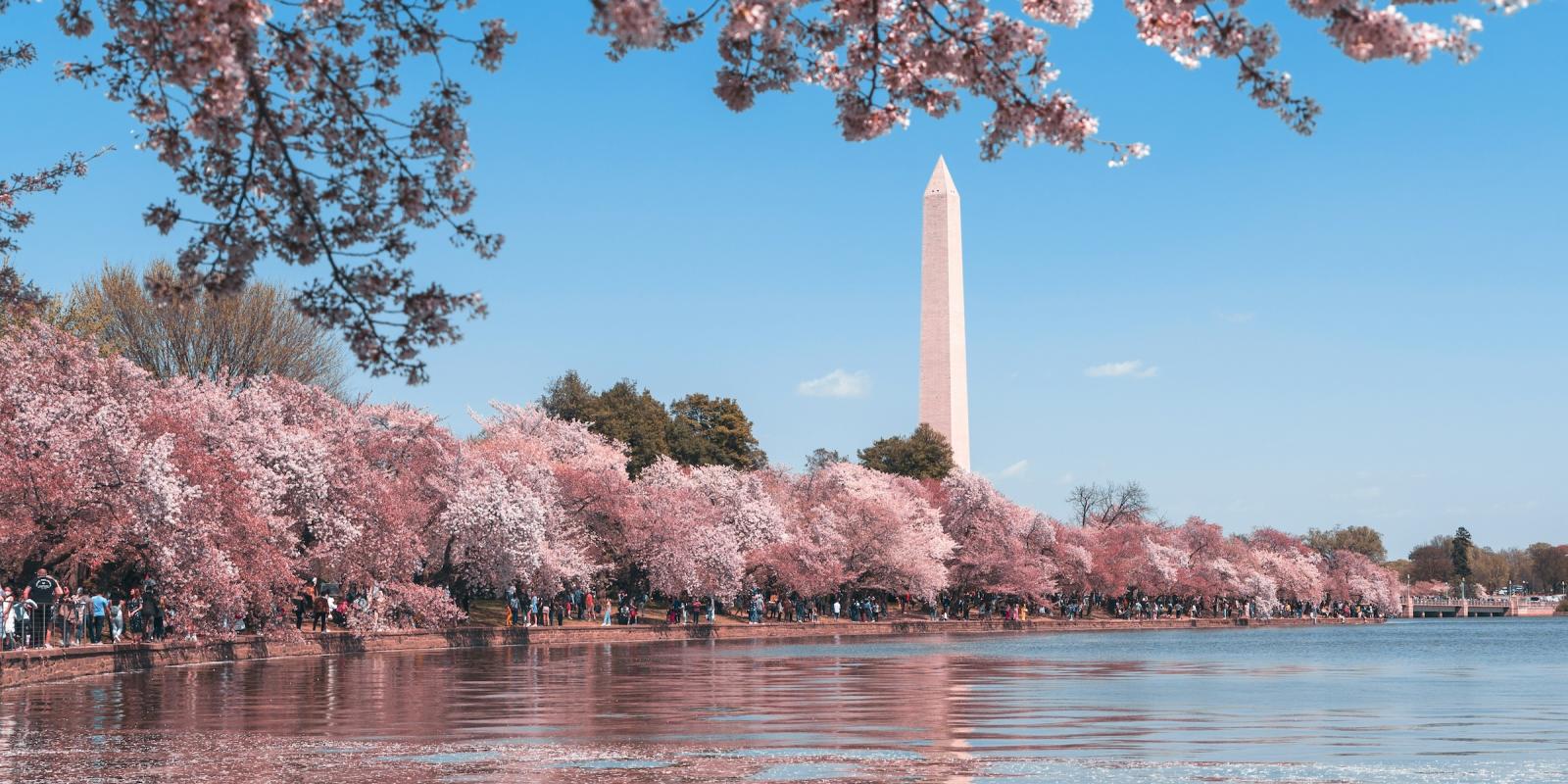If American Hustle had won Best Picture at the 2014 Academy Awards, it may well have created a new tourist attraction in the nation's capital, even though the story takes place elsewhere. We're talking about the six-bedroom house at 4407 W Street NW that the FBI rented to use as a base for the Abscam sting operation that inspired the film, in which a U.S. Senator, six members of the U.S. House, and assorted other local and state-level politicians in New Jersey were convicted of accepting bribes from a fictitious favor-seeking Middle Eastern sheik. (Here's a surveillance video clip showing the inside of the house, which features the late Rep. John Murtha, D-Pa., who was offered a bribe but turned it down, later insisting to FBI agents that he was seeking investment in his district. He ultimately was not charged with a crime.)
In a strange twist, the FBI leased the house in 1978 from an unwitting journalist, then-Washington Post foreign editor Lee Lescaze, who was heading to New York to work for the Post there.
